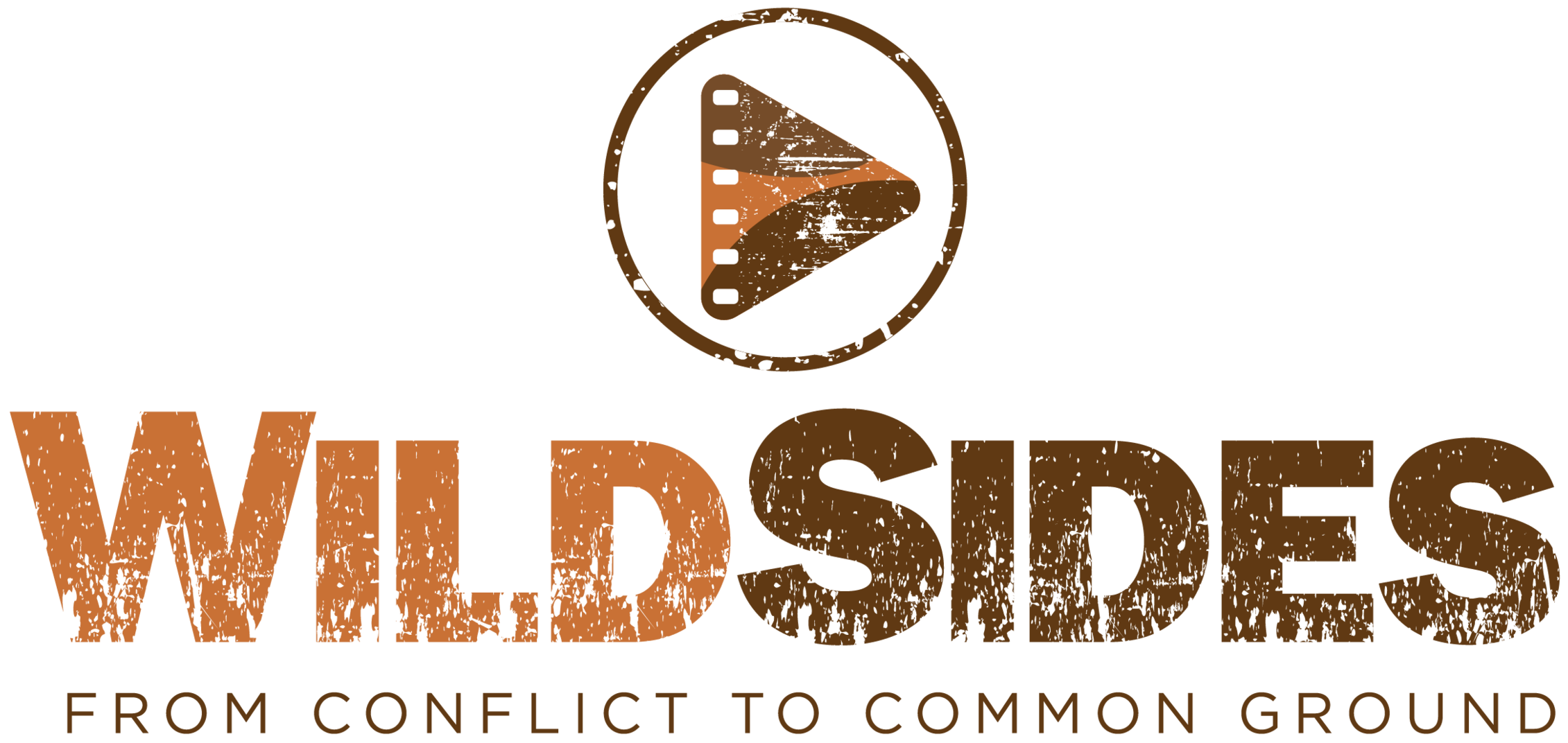Pesticides, Endangered Species and Us
This is the first of a five-article series by WildSides intern Erica Krol. Join her journey as she explores the connections between endangered species, pesticide use and all of us. Enjoy!
Before today I never knew how my daily decisions, and everyone else’s, could impact almost all of the endangered species in the United States. How much do our actions really have an impact, and why?
Another Monday arrives, filled with classes, zombie-like students and my mindless pen-chewing as I sit through several hours of lecture. The second week of the semester lends me the small comfort of familiarity I didn’t quite have last week. As I sit through toxicology, one of my more difficult classes, I begin to realize that pesticides really are a big deal. This class focuses on the study of chemicals and their effects on living organisms. Many pesticides do have negative effects on organisms—even the pesticides that aren’t used anymore. So after only a week, I wonder if we use pesticides excessively in the United States. What kind of effect do they have on living organisms? Though the magnitude of pesticide use seems pretty scary, it is all stuff I have heard before. So, I continue to take my notes, sip on my raspberry iced tea and move on with my day.
Pesticide Caution Sign
However, on this particular Monday, I emerge out of my robotic note-taking mode for a few seconds when the professor mentions something about endangered species and pesticides. After class, while eating my grilled chicken sandwich and fries, I decide to do a quick Google search on pesticides and endangered species. On the first page of results I find an article, published by The Guardian that three pesticides harm 97% of endangered species in the U.S.! This number stuns me. I want to know more. Could only three pesticides really harm this many endangered species? If these pesticides harm 97% of endangered species, then how many other animals might they harm?
Because this article left me with many questions, I decide to go directly to the source: a study published by the Environmental Protection Agency (EPA). The study is enormous (almost 2,000 pages!), but I only want to know the basics.
A Helicopter Sprays Pesticides
The EPA found that:
- 1,778 of the 1,834 endangered species in the U.S. are likely to be adversely affected by malathion and chlorpyrifos. The EPA defines an “adverse affect” as a negative impact to an organism’s survival or reproduction.
- Both of these pesticides are used across all of the U.S. to kill adult mosquitoes and are used on many crops, including soy and cotton.
- The habitats of endangered species in the U.S. overlap with the areas where we use these pesticides legally.
Though these facts are quite terrifying, it leaves many of my questions unanswered: Why are these pesticides used? What endangered animals do they affect? Exactly how do these pesticides affect these endangered species? Why are these species so important?
I also still question my place in all of this. How can the loss of endangered species impact me, a college student living in the middle of Michigan? Of course I care about keeping Earth’s animals alive, but does it go further than that? What if all these animals suddenly disappear? How would that change my life, and everyone else’s lives?
Though I might not be able to find the answers to all these questions, and I am certainly not the most knowledgeable on pesticides and endangered species, I am determined to continue this journey. I want to figure out if there is a role for me, for all of us, within this problem of pesticides and endangered species.
Sources
The Guardian: https://www.theguardian.com/world/2016/apr/07/endangered-species-protection-animals-plants-pesticides-epa-insecticides
The Environmental Protection Agency: https://www.epa.gov/pesticides/epa-releases-final-biological-evaluations-three-chemicals-impacts-endangered-species
Photo Credits
A Tractor Sprays Pesticides: https://commons.wikimedia.org/wiki/File:Pesticides_application_02.jpg
Pesticide Caution Sign: https://yourownfood.org/tag/pesticides/
A Helicopter Sprays Pesticides: https://www.flickr.com/photos/widnr/6549199737


